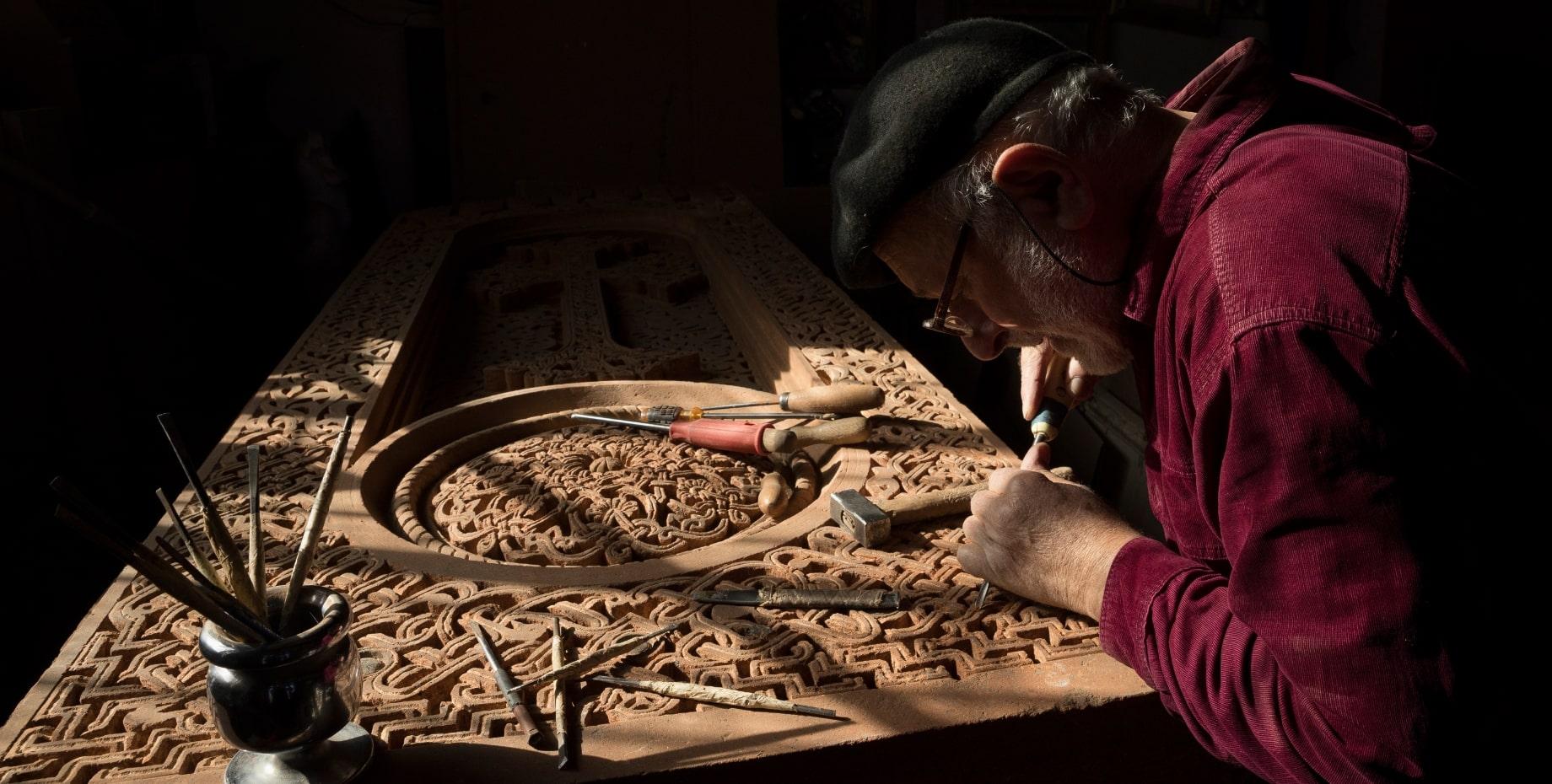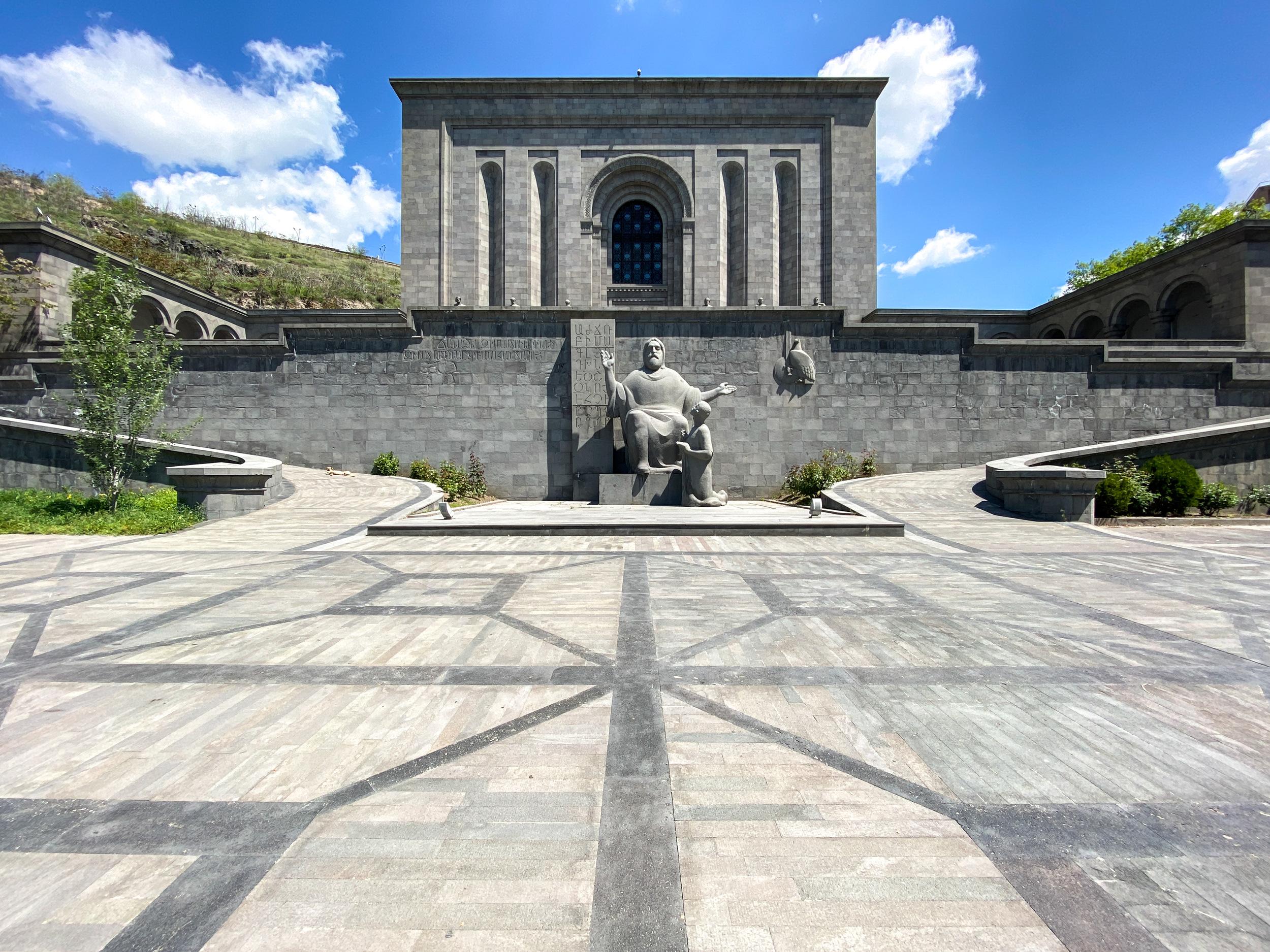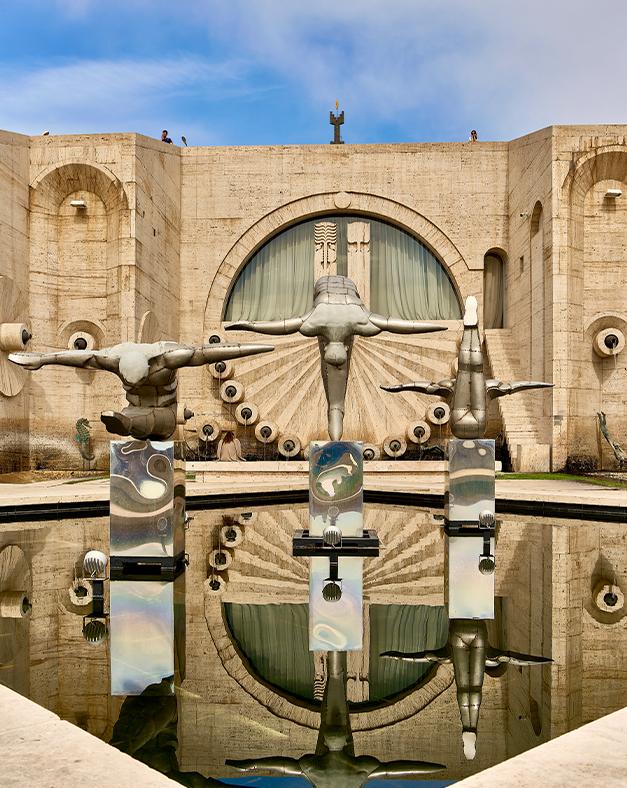National Symbols of Armenia

Apricots
One of the most popular symbols of Armenia is the apricot. The history of apricots dates back to the 4th century BC, when Alexander of Macedon brought this fruit from Armenia to Greece, and from there all the way to Rome, thereby giving it wide distribution. The mentions of apricots as “Armenian apples” (lat. Mela armeniaca, lat. Pomum armeniacum) in the works of Pliny, Dioscorida and Columella, further confirm this theory. It is undeniable that apricots, due to the climatic conditions of Armenia, have a unique taste filled with sun and winds of the Ararat valley. Today, the Armenian origin of apricots is perpetuated by botanists who named the fruit “Armeniaca”.
Duduk
In turn, apricot trees serve as a source of wood for the most beloved and well-known Armenian musical instrument: duduk. The tool was invented before our era, during the days of the Urartu Kingdom. The original Armenian name of the instrument is tsiranapokh (apricot tube). The duduk is made exclusively of apricot wood, as this wood resonates in a special manner. The duduk, like no other instrument, is able to express the soul of the Armenian nation. The sound of duduk allows for a high spiritual experience that might sometimes lead you to tears.
Ararat
According to the Bible, Noah's Ark landed on Mount Ararat and became the basis of the origin of the Armenian people.
Ararat is considered a holy mountain for Armenians. It has extraordinary beauty and symbolizes the motherland for every Armenian. Ararat is the most recognizable cultural and national symbol of Armenia, it can be seen everywhere, starting from the state emblem and down to national brands.
Grapes
Noah planted a vine brought from the Garden of Eden as he came out of the ark. As a result, grapes also became a symbol of Armenia. It is believed that since then the grapes are grown on Armenian soil, they symbolize wealth and abundance.
One of the most delicious dishes of the Armenian national cuisine, dolma, is prepared using grape leaves, and the famous Armenian cognac is made from the grapes themselves. By the way, it’s widely known that the Armenian cognac is considered to be the best in the world. The brands “Ararat” and “Noy” are the most recognizable, partially due to their symbolism.
Wine
From the first vine harvest, Noy was able to make the first wine. Taking into account biblical traditions and scientific facts, Armenia is the birthplace of winemaking. In the territory of Armenia, (specifically in the caves of Areni), archaeological excavations helped to discover the very first winery in the world, which is more than 6000 years old. As the cradle of winemaking, Armenia rightfully considers wine to be one of the country's national symbols. On the first Saturday of October each year, Armenia holds the annual Pan-Armenian wine festival: Areni Wine Festival. An exhibition and wine tasting activities are held within the framework of the festival. As the famous chanson Charles Aznavour said, “Fine Armenian wine contains everything that you can feel, yet cannot be expressed in words ...”
Khachkars
As the first state to adopt Christianity (at the beginning of the 4th century), Armenia, a new essence of religious expression began to emerge in the country. This expression slowly yet surely integrated the national identity. Instead of temples and altars, the country began to establish wooden crosses. Since the wooden crosses had a short-lived nature, people began to engrave crosses on the stones (khach - cross, kar - stone).
Khachkar is an integral part of Armenian history and one of the most recognizable symbols of Armenia. Ancient khachkars or cross-stones are unique to Armenian culture and are considered to have great architectural value. Khachkars historically were made on a variety of occasions: in honor of the victory or on the occasion of the completion of the construction of a temple or a bridge. But more often they served as grave monuments. Patterns on khachkars are so diverse that you’ll hardly be able to find two identical ones. Khachkars are scattered throughout the territory of historical and modern Armenia, therefore Armenia is considered an open-air museum.
It is amazing how each of the national symbols of Armenia came to be and influenced each other in the process of historical development. Today, we are lucky to be able to trace how closely these symbols are related.
Published on September 25, 2023



